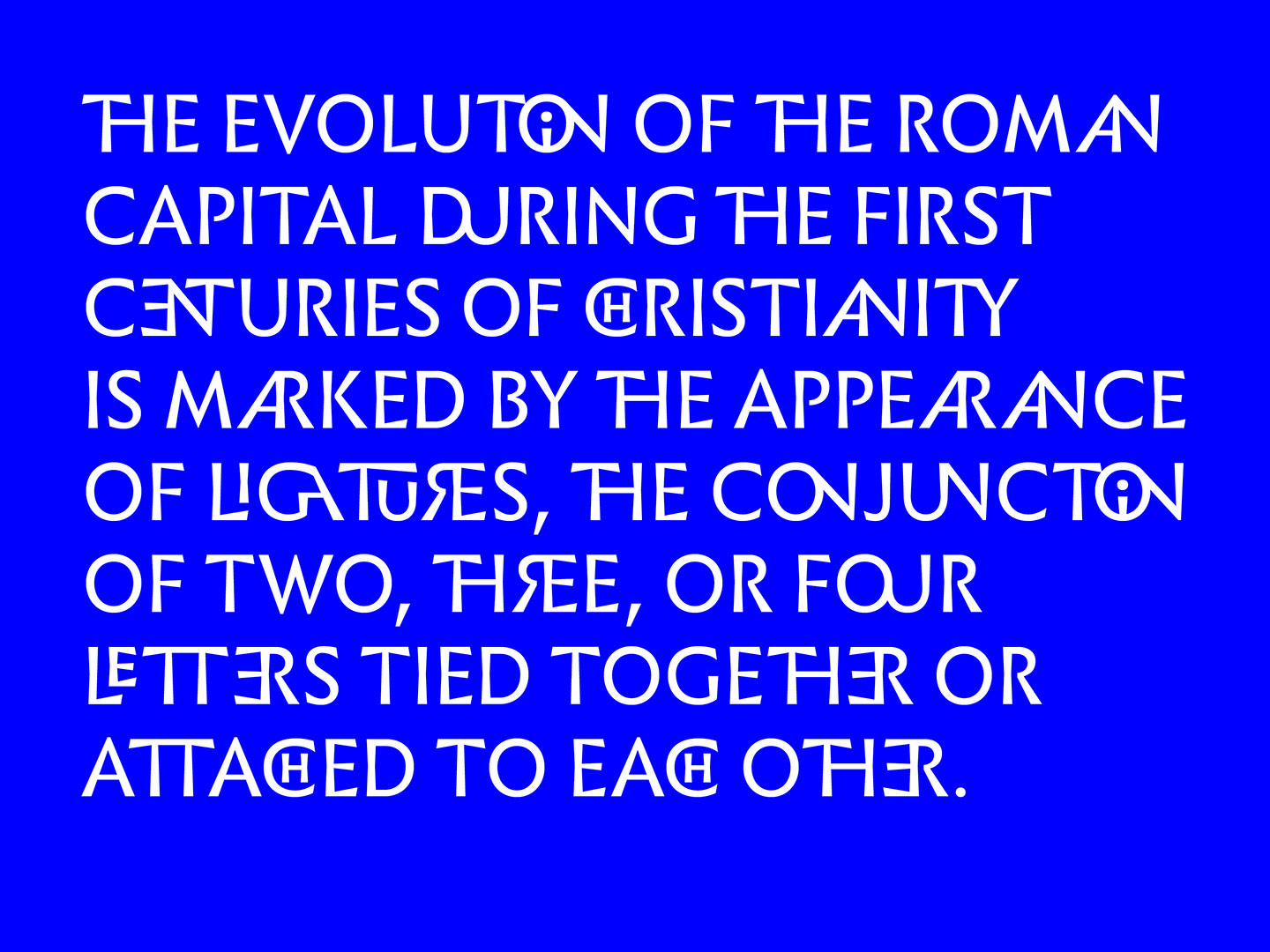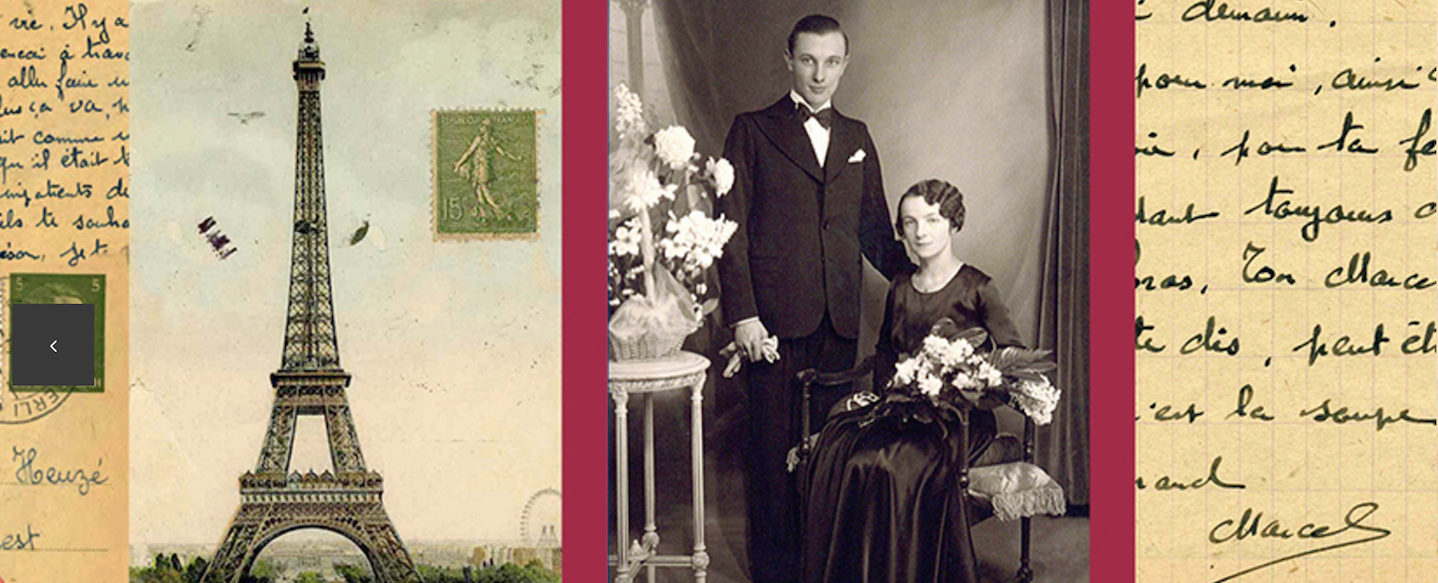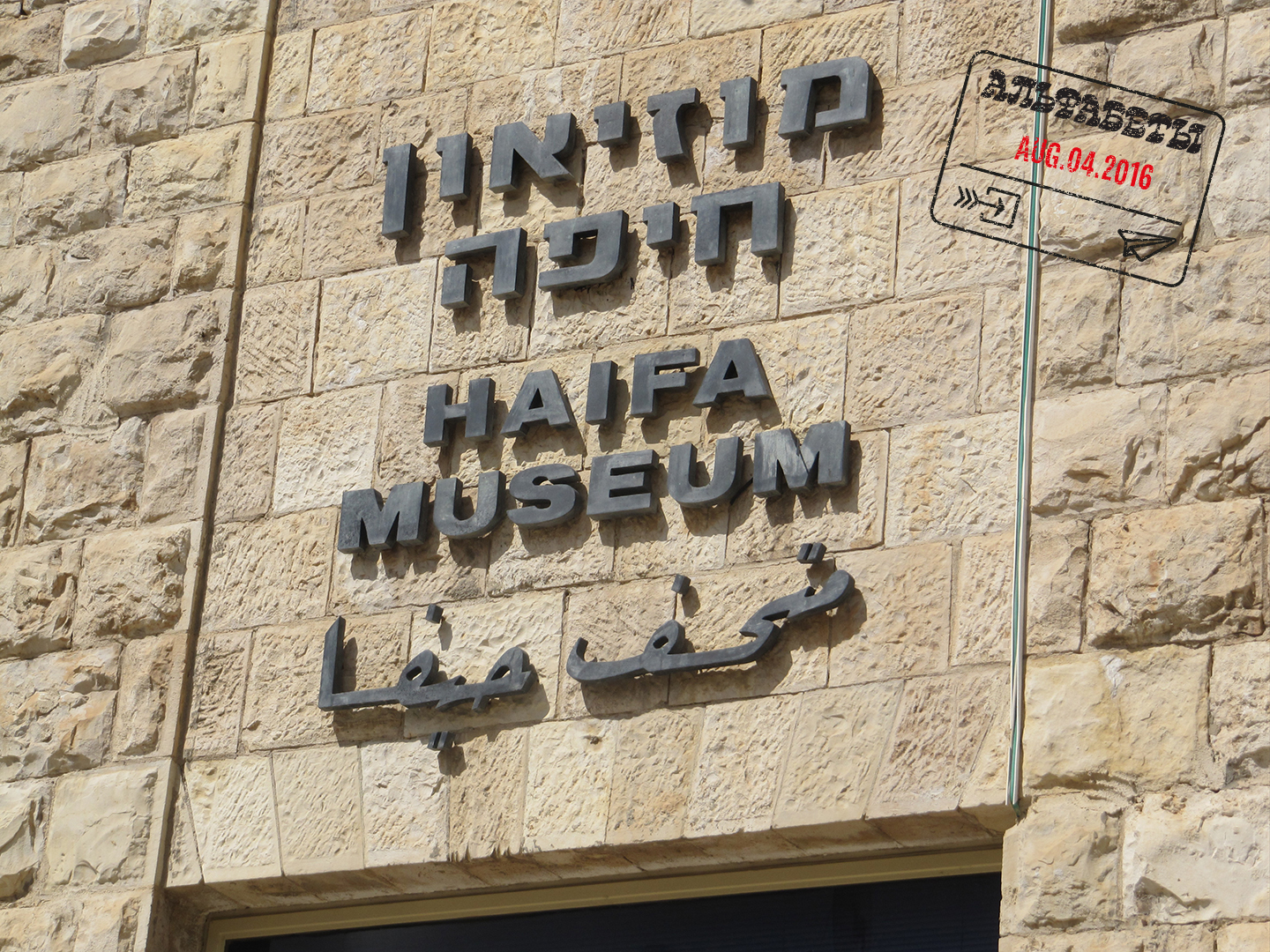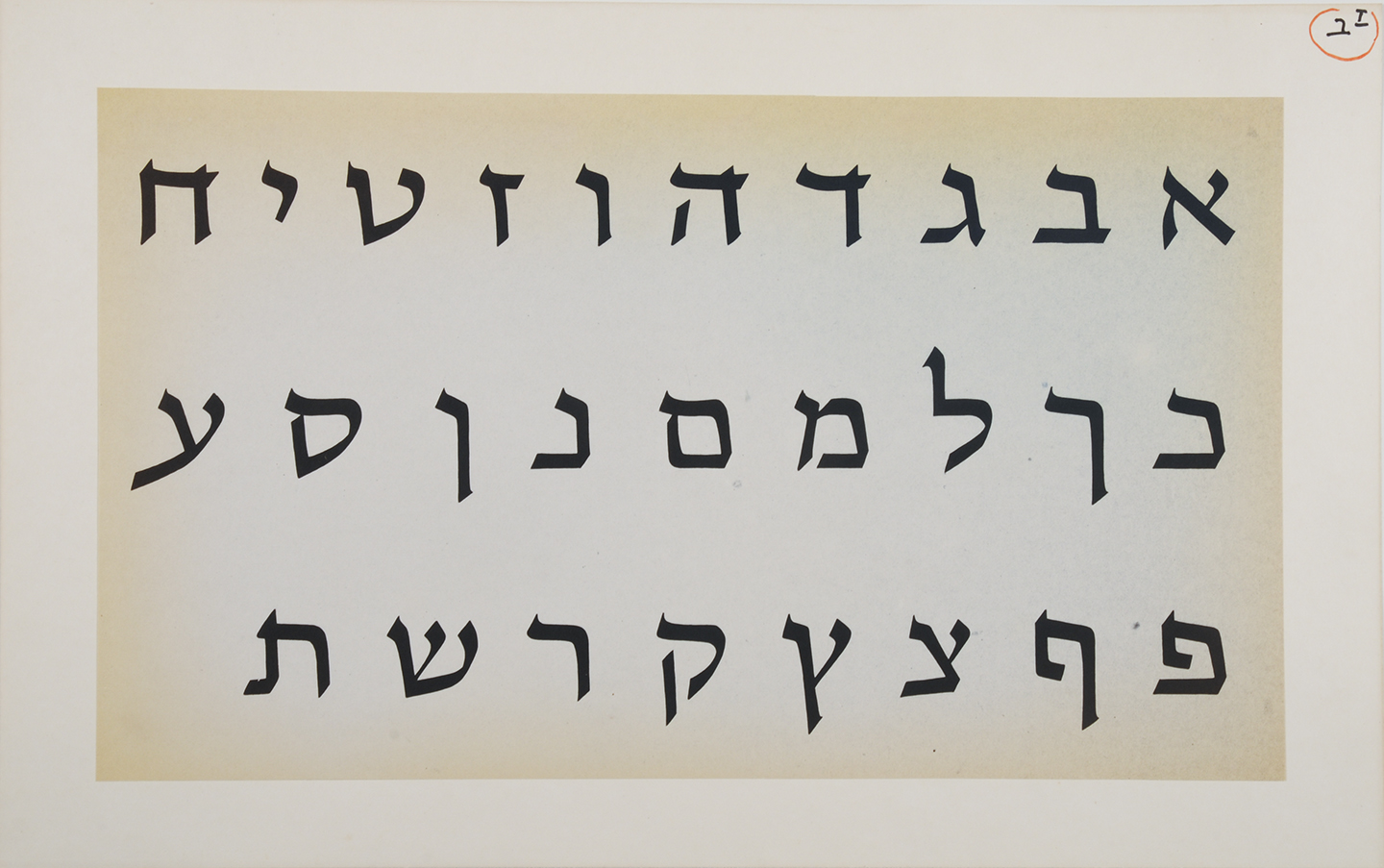An inspiring workspace isn’t easy to create. And yet, after we get our act together and design a space that is right for us, we know that our work will be better. We will be more motivated, our mind will be clearer. This workspace will allow new ideas to flow and focus time to be cultivated.
When thinking of a type designer’s desk, we may have a few images in mind: the messy, crazy-artist desk with ink all over and paper flying around. But at the same time, we may imagine the ultra-organised designer where every file is cataloged in a neatly labeled folder, a huge monitor and the newest tech gadgets.
Out of pure curiosity and an unmet wish to be a fly on some Alphabette’s walls, I’ve set out to explore some of our workspaces.
Feel free to reach out to any of them, ask questions and share what you thought.
Let’s begin!
Continue reading



